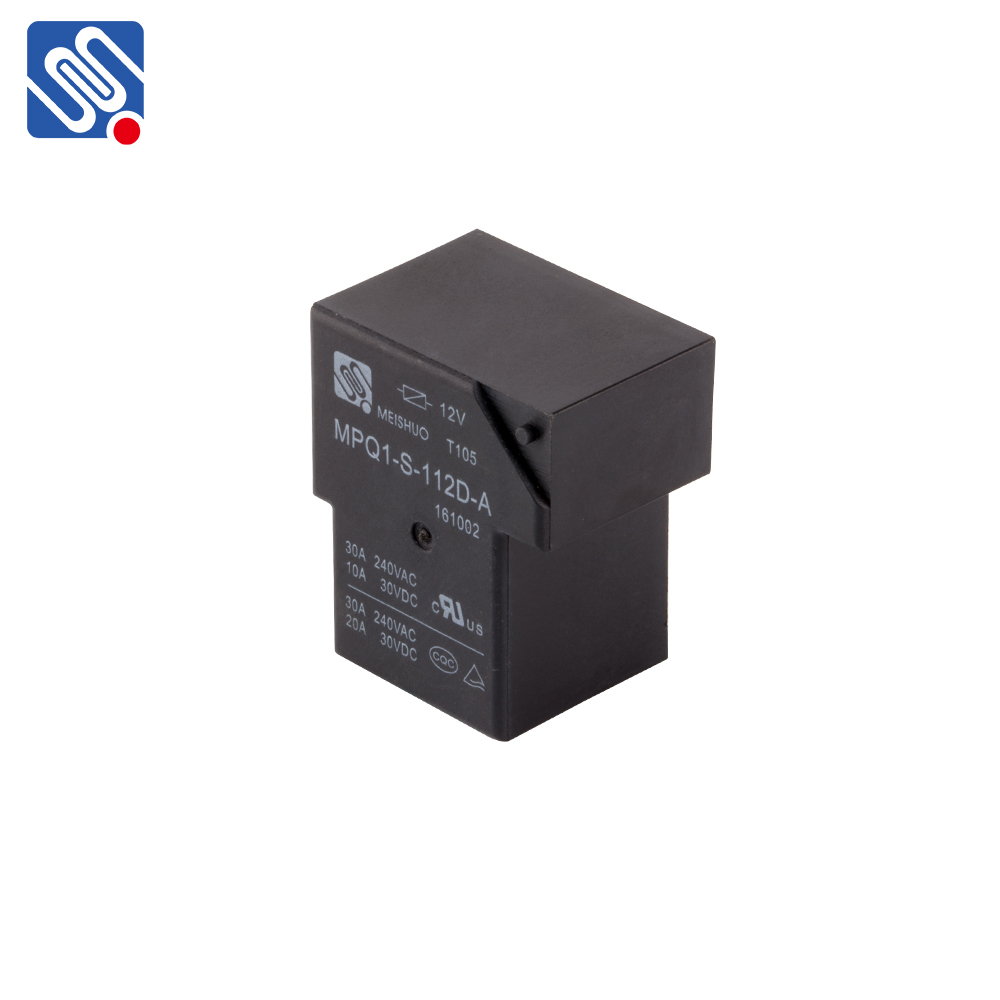understanding relay connections: how they work and their applications
Release time:2025-10-28 21:18:32
Relay connections are fundamental in a variety of electrical and electronic systems, serving as a reliable and efficient way to control higher power devices with lower power signals. They are widely used in automation, protection circuits, and remote control applications. This article explores how relay connections work, their components, and their diverse applications across industries.

What is a Relay?
A relay is an electrically operated switch that allows a low-power signal to control the opening or closing of a higher power circuit. It essentially acts as a middleman between the low-power control circuit and the high-power load. The main advantage of using relays is that they enable the safe and efficient operation of high-voltage systems while being controlled by low-voltage signals. Relays are commonly used in applications where electrical isolation, amplification, or switching of multiple circuits is required.
How Relay Connections Work
Relay connections work by utilizing an electromagnet (the relay coil) to control the movement of mechanical contacts. When a low-voltage current flows through the coil, it generates a magnetic field that pulls or pushes a set of contacts, either opening or closing the circuit. The relay typically has two types of contacts:

